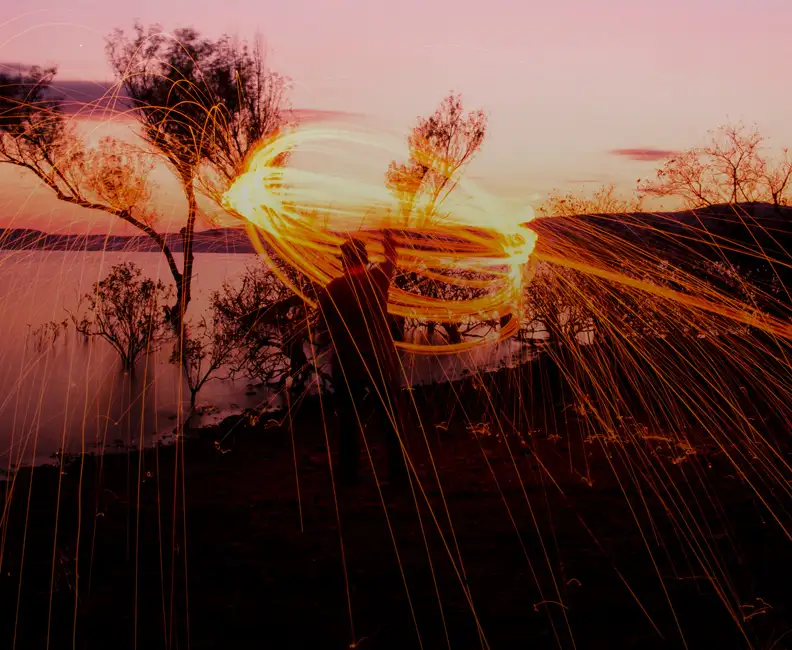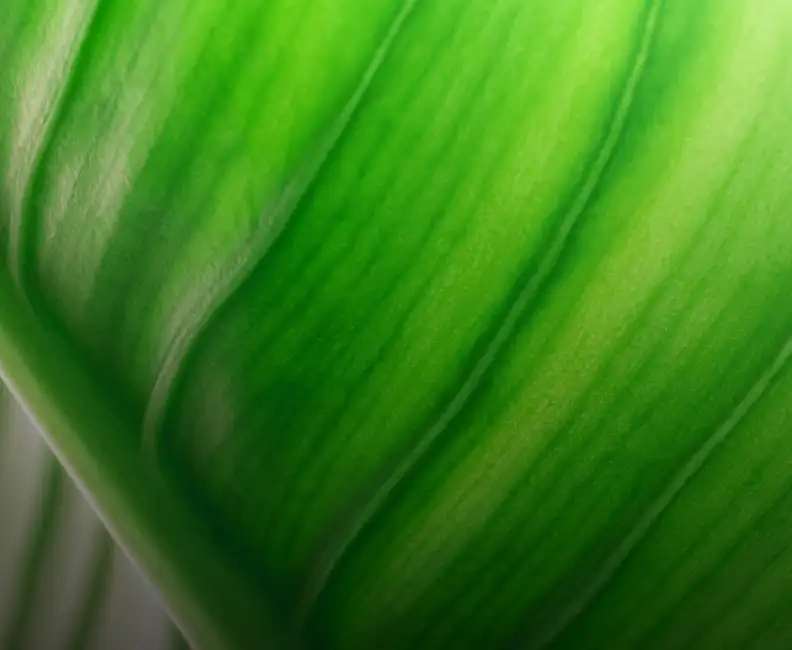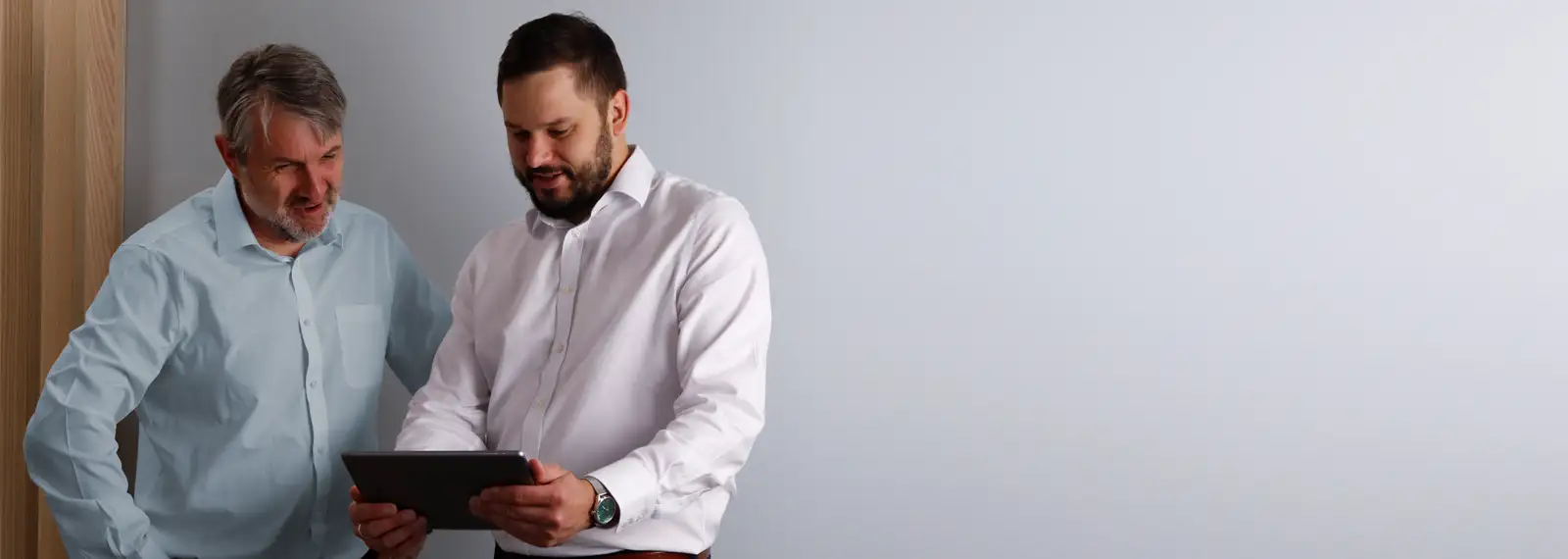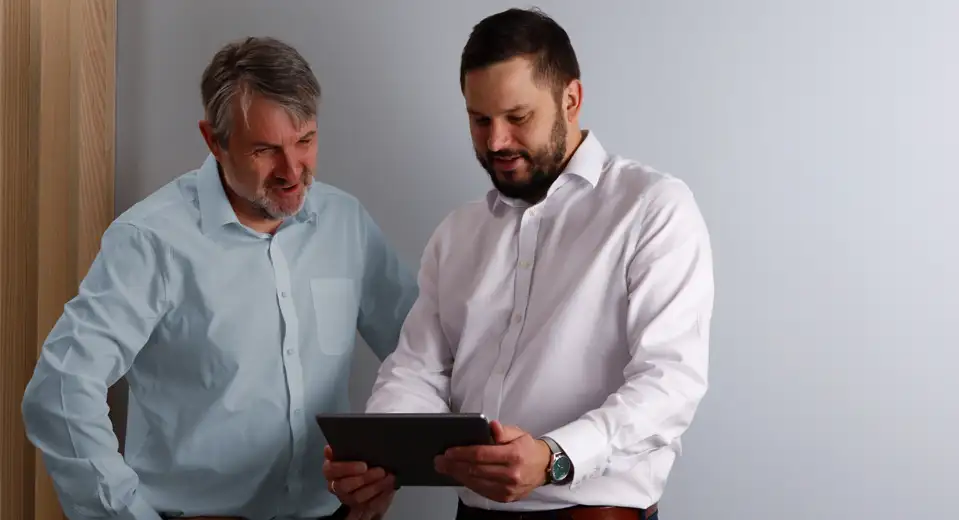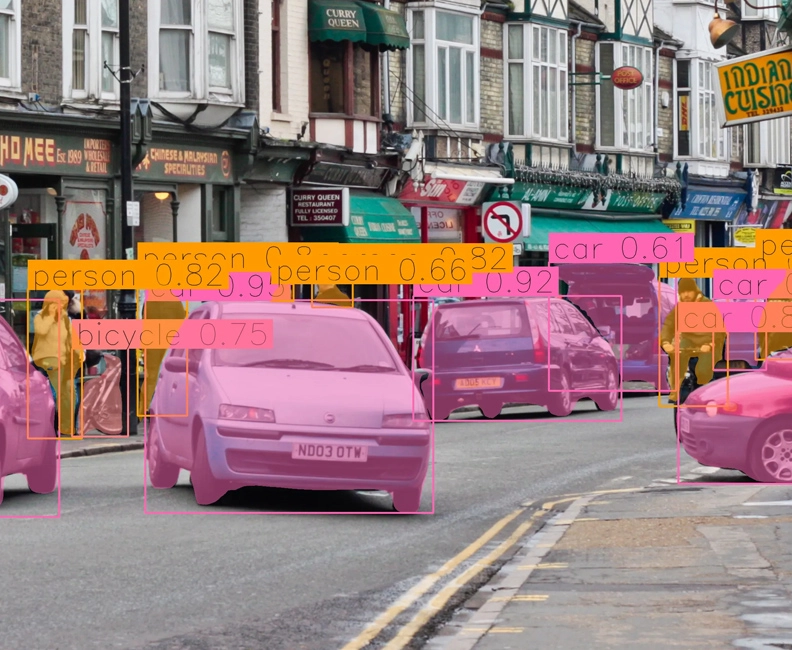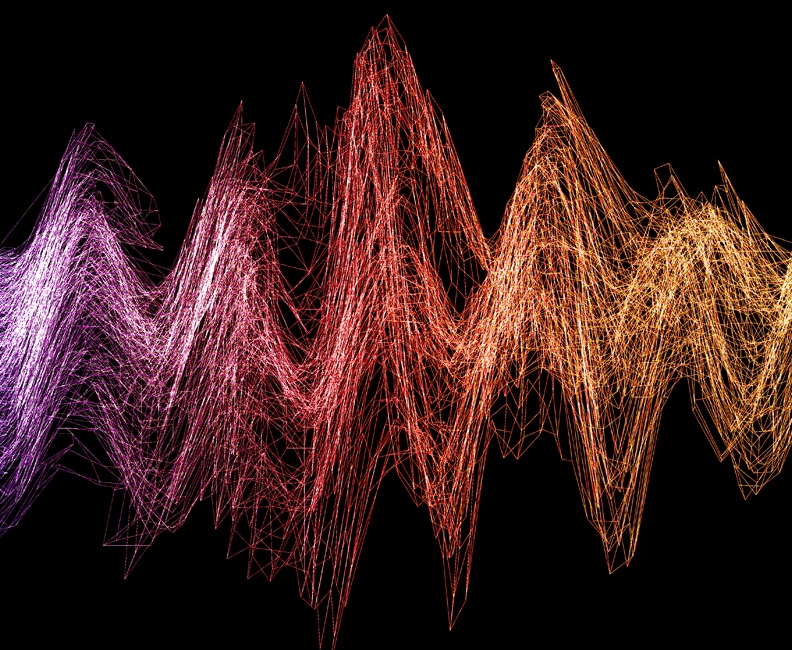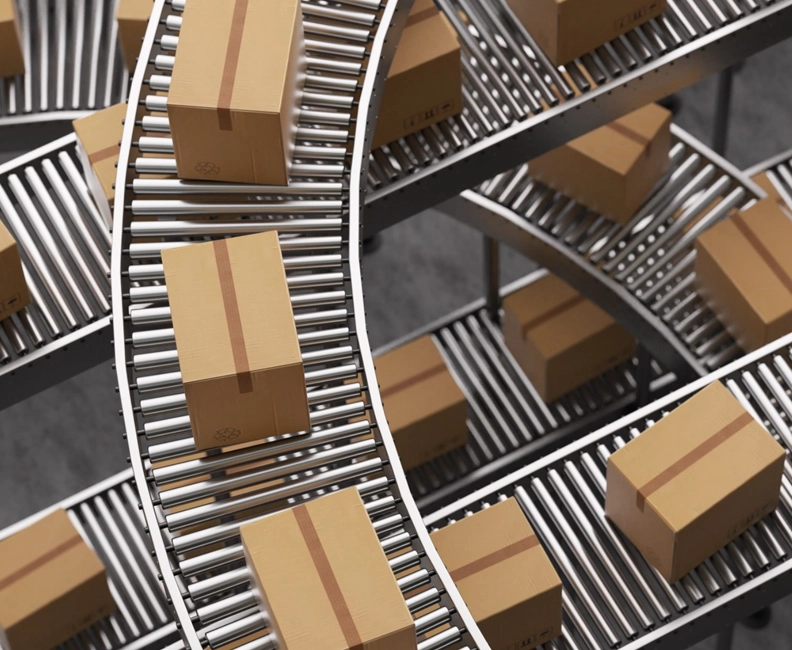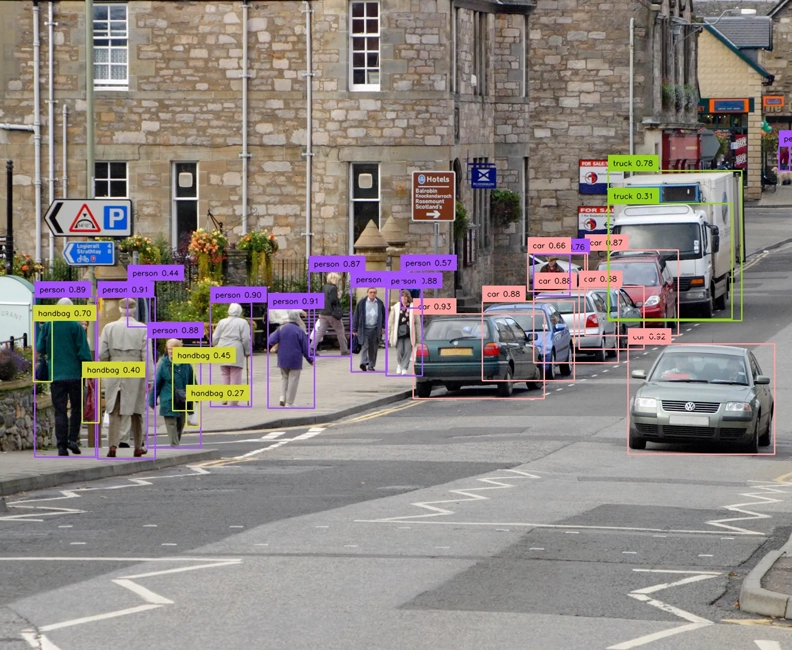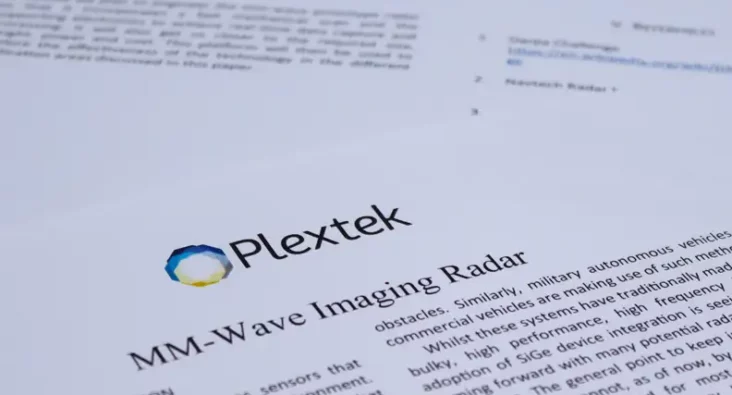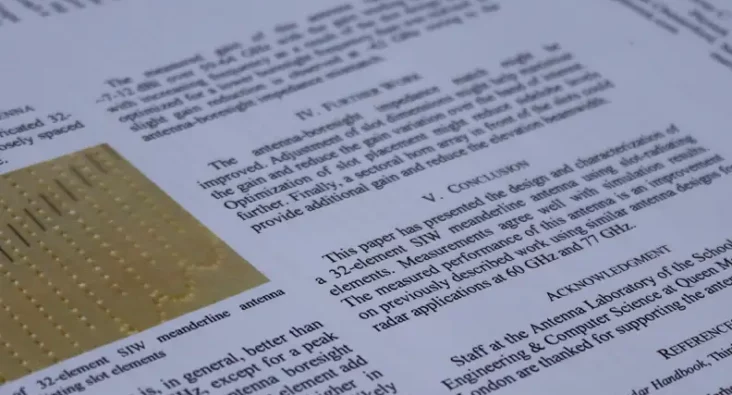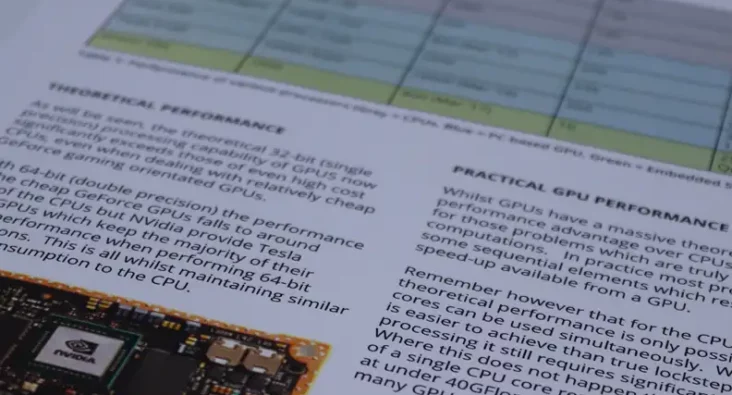The Challenge
Wind turbines make an important contribution to reducing greenhouse emissions. In the UK we have over 30GW of energy generation using both onshore and offshore turbines.
An unwanted side-effect of these large rotating blades is to create interference in radar systems; the motion of the blades causes them to look similar to legitimate targets (e.g. aircraft) to the radar. This is a particular problem in air traffic control radar where early detection of small aircraft at distance is critical. The ‘clutter’ generated by wind turbines can reduce the ability to do this by creating false tracks that radar operators need to assess, increasing their cognitive burden and diverting attention away from real targets.
The Approach
Differentiation between the radar track generated by a real aircraft and a wind turbine has proved difficult for conventional classification and tracking algorithms. Through a combination of modelling, simulation and scaled experiments, the aim was to demonstrate that the latest Deep Learning methods could solve this problem.
The Outcome
The application of machine learning to this problem allows the system to ‘learn’ to recognise the characteristics of clutter signals from windfarms. This creates the opportunity to reject them or to tag them for the operator.
Downloads
View All Downloads- Intro to Plextek
- Plextek – Your complete end-to-end solution
- PLX-T60 Configurable mmWave Radar Module
- PLX-U16 Ubiquitous Radar
- How to Innovate Through Scarcity
- Technology Scouting to Accelerate Innovation
- Configurable IOT Framework
- How To Use Scenario Planning
- Winning through the Downturn: A Playbook for Growth
- mmWave Imaging Radar
- Using 3D Printing to Optimise Product Development
- 10 Innovation Mistakes















